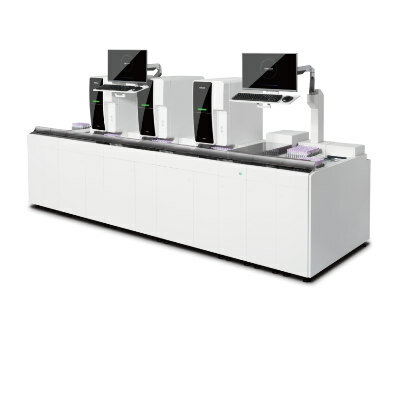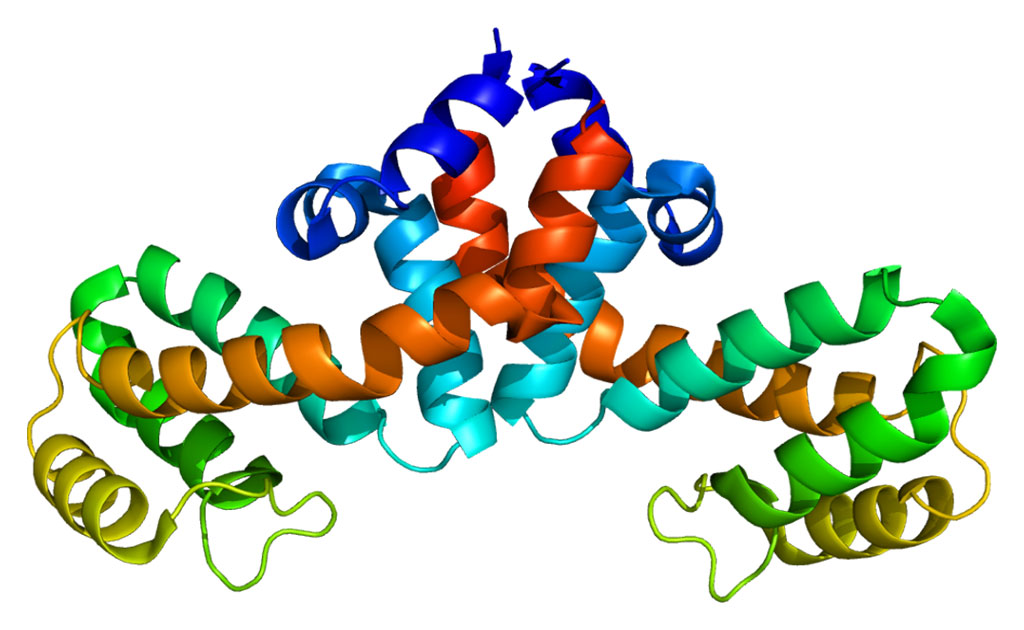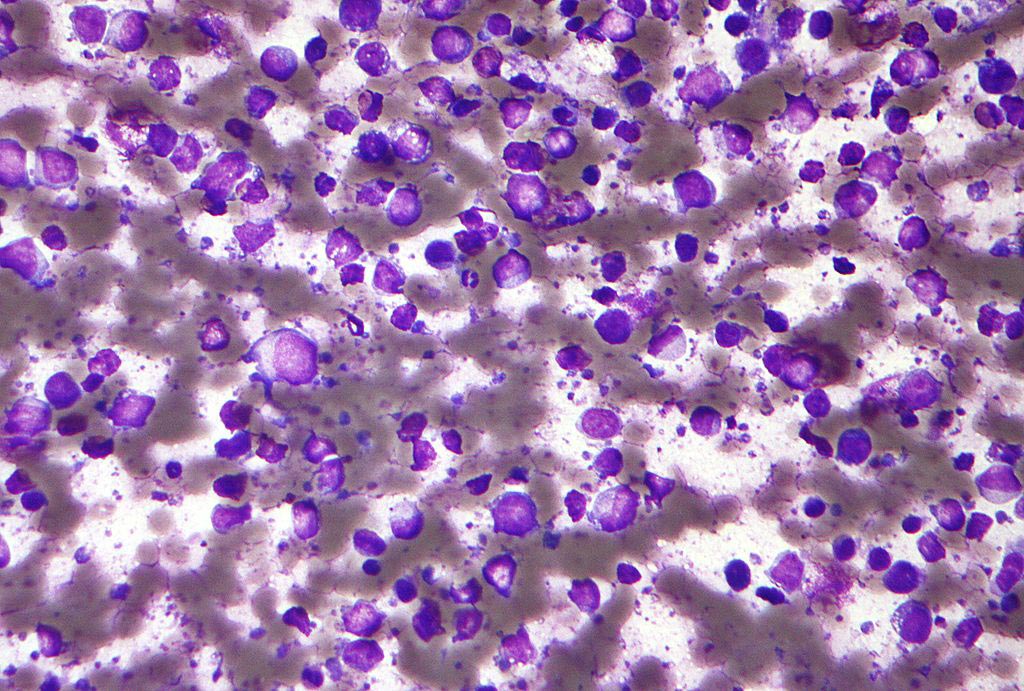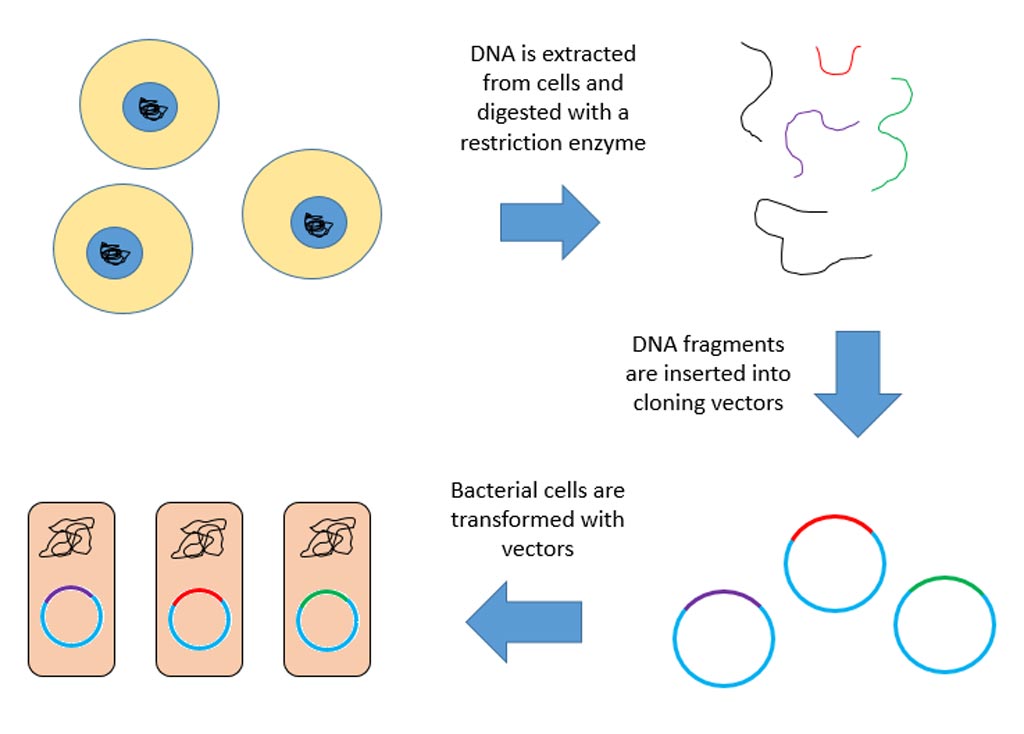Atomic Force Microscopy Reveals Cell Stiffness as Potential Biomarker
By LabMedica International staff writers
Posted on 24 Oct 2012
New findings reveal that cell stiffness could be potential evidence for clinicians as they look for and treat cancerous cells before they are able to metastasize. The research demonstrated that highly metastatic ovarian cancer cells are several times softer than less metastatic ovarian cancer cells.Posted on 24 Oct 2012
Georgia Institute of Technology (Georgia Tech; Atlanta, USA) assistant professor Dr. Todd Sulchek and PhD student Wenwei Xu used technology called atomic force microscopy (AFM) to examine the mechanical characteristics of various ovarian cell lines. A soft mechanical probe “tapped” healthy, malignant, and metastatic ovarian cells to measure their stiffness.
The study‘s findings were published October 4, 2012, in the journal PLoS One. “In order to spread, metastatic cells must force themselves into the bloodstream. As a result, they must be highly deformable and softer,” said Dr. Sulchek, a faculty member in the George W. Woodruff School of Mechanical Engineering. “Our results indicate that cell stiffness may be a useful biomarker to evaluate the relative metastatic potential of ovarian and perhaps other types of cancer cells.”
Just as earlier research on other types of epithelial cancers have indicated, Dr. Sulchek also discovered that cancerous ovarian cells are generally softer and display lower intrinsic variability in cell stiffness than nonmalignant cells. Dr. Sulchek’s lab collaborated with Prof. John McDonald, who is also director of Georgia Tech’s newly established Integrated Cancer Research Center. “This is a good example of the kinds of discoveries that only come about by integrating skills and knowledge from traditionally diverse fields such as molecular biology and bioengineering,” said Prof. McDonald. “Although there are a number of developing methodologies to identify circulating cancer cells in the blood and other body fluids, this technology offers the added potential to rapidly determine if these cells are highly metastatic or relatively benign.”
Dr. Sulchek and Prof. McDonald hope that, when further modified, this technology could offer a great benefit to clinicians in the creation of optimal chemotherapies, for ovarian cancer patients and patients of other types of cancer.
Related Links:
Georgia Institute of Technology














